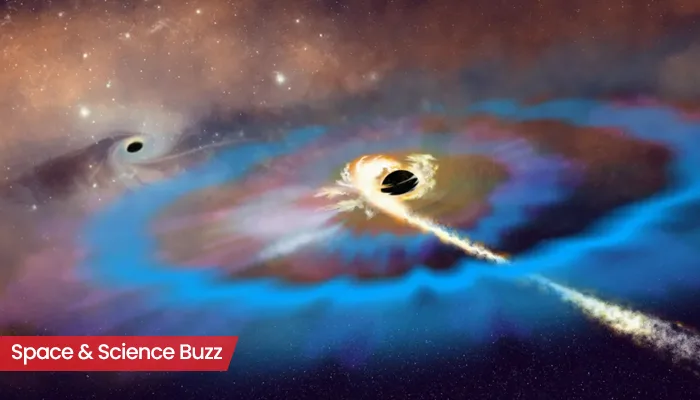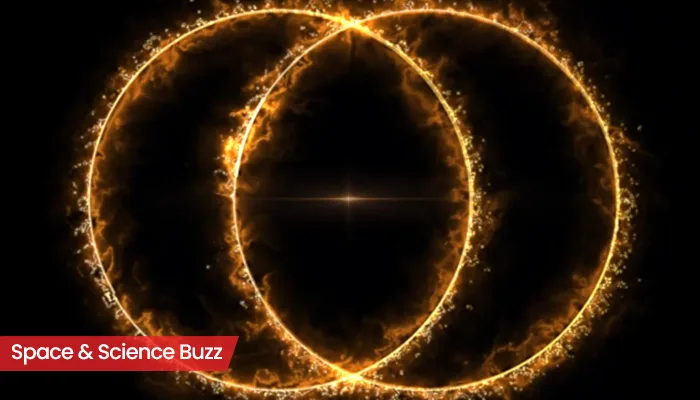
Here are today’s most important updates from the realm of Science and Space.
Radio Ring From the Edge of the Universe Baffles Astronomers
In a groundbreaking discovery, scientists found the most powerful and distant 'odd radio circle' (ORC) ever detected. The structure, named RAD J131346.9+500320, is also the only second ORC that has two rings. It is located 7.5 billion light-years from Earth, and spans 978,000 light-years across. The ORC was spotted with the help of citizen scientists through the RAD@home Astronomy Collaboratory (India), and it challenges existing theories about galaxy evolution and black hole dynamics. ORCs are faint, ring-shaped radio emissions surrounding galaxies. They are huge, apparently up to 50 times larger than our Milky Way galaxy. The odd radio circle is a relatively new cosmic phenomenon, as it was detected for the first time just six years ago in 2019 by Anna Kapinska of the National Radio Astronomy Observatory while perusing observations made by the Australian Square Kilometre Array Pathfinder (ASKAP).
Something’s Brewing on the Sun - Scientists Warn of Possible Mega Flare
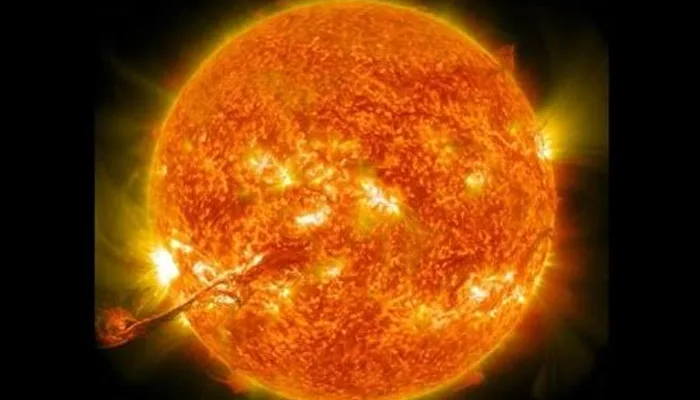
A massive and unusually complex sunspot has appeared on the Sun’s surface, alarming scientists who have termed it dangerous. Experts warn that it could unleash powerful solar flares in the coming days. Designated Sunspot AR4246, the feature has grown rapidly to become one of the largest of Solar Cycle 25, the Sun’s current 11year activity phase. According to Nasa’s Solar Dynamics Observatory, the sunspot displays a highly disordered magnetic structure, much more tangled than the typical configurations of most sunspots. Its magnetic map, captured on October 14, shows multiple magnetic poles twisting together, an arrangement scientists describe as “mixed polarity.”
The Crystal That Beats Its Own Clock: A New Form of Matter Emerges

Scientists have uncovered that quantum correlations can stabilize time crystals-structures that oscillate in time without an external driver. Contrary to previous assumptions, quantum fluctuations enhance rather than hinder their formation. Using a laser-trapped lattice, the team demonstrated self-organizing rhythmic behavior arising purely from particle interactions. The finding could revolutionize quantum technology design. Nature follows countless rhythms: the changing of the seasons comes from Earth's orbit around the Sun, and the steady tick of a clock arises from the back-and-forth swing of its pendulum. These patterns can be described with simple mathematical laws.
When Earth Burned: 900°C Temperatures That Forged Our Ancient Lands

New research reveals that Earth’s continents owe their stability to searing heat deep in the planet’s crust. At more than 900°C, radioactive elements shifted upward, cooling and strengthening the landmasses that support life. This ancient heat engine also distributed valuable minerals, giving scientists new clues for exploration and for spotting potentially habitable planets. For billions of years, Earth's continents have remained remarkably steady, providing the groundwork for mountains, ecosystems, and human civilization. These intense conditions allowed radioactive elements such as uranium and thorium to move upward. As these elements decayed, they produced heat, and by migrating from the deep crust to higher levels, they carried heat away. This process helped the lower crust cool and solidify, ultimately strengthening it.


.webp)
.WEBP)
.WEBP)
.webp)
.webp)
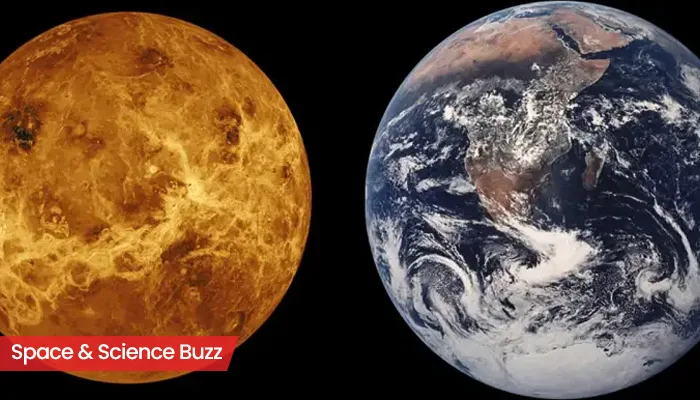
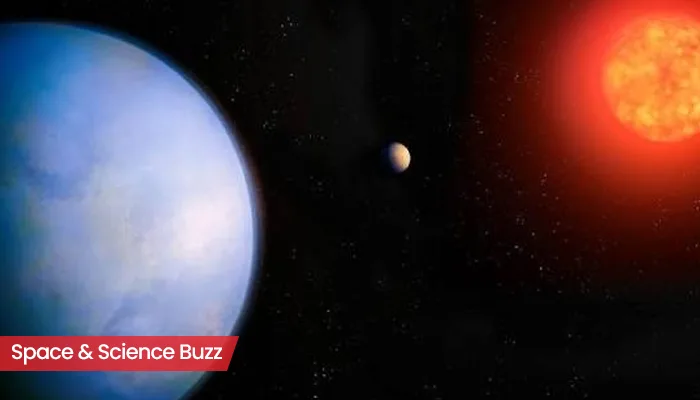
.webp)
.webp)
.webp)
